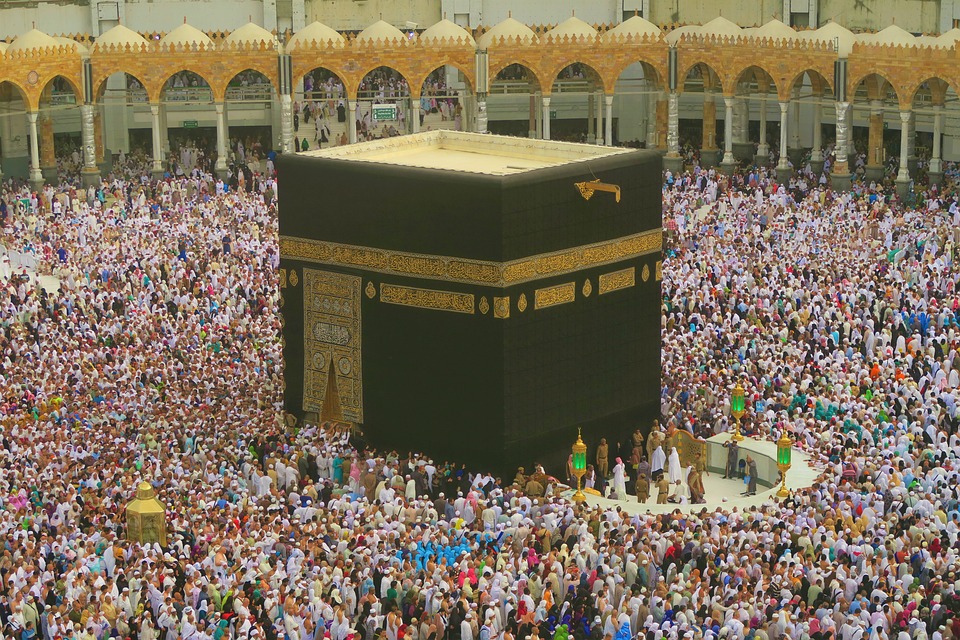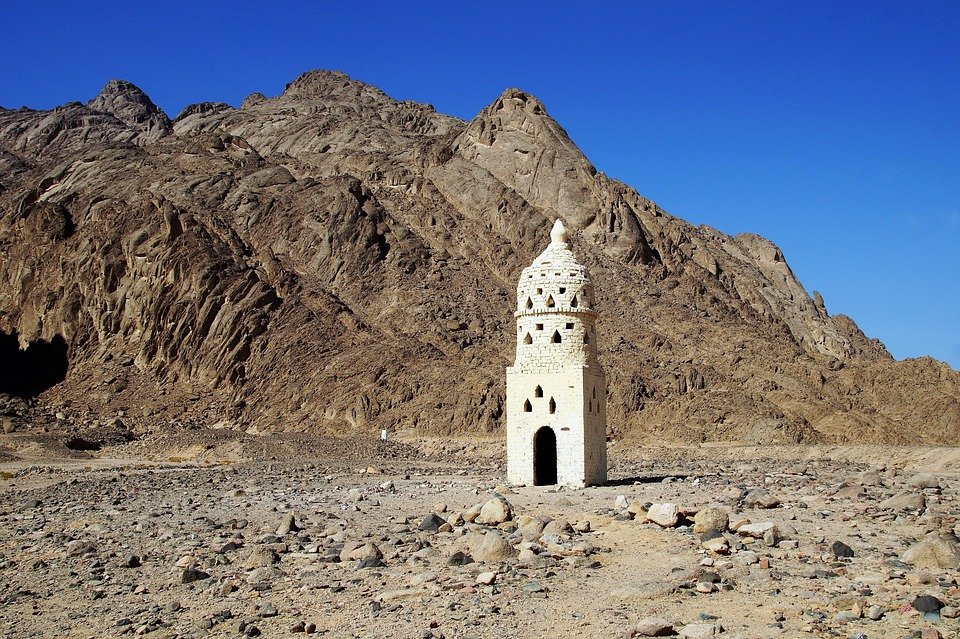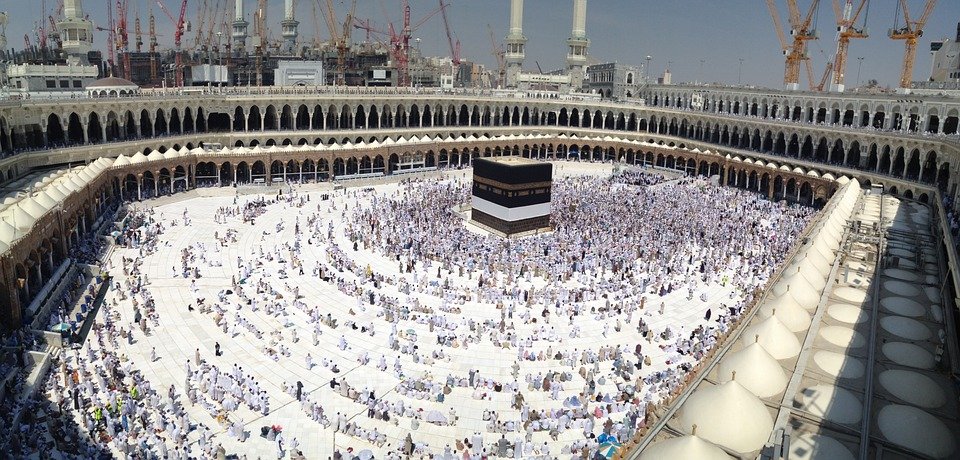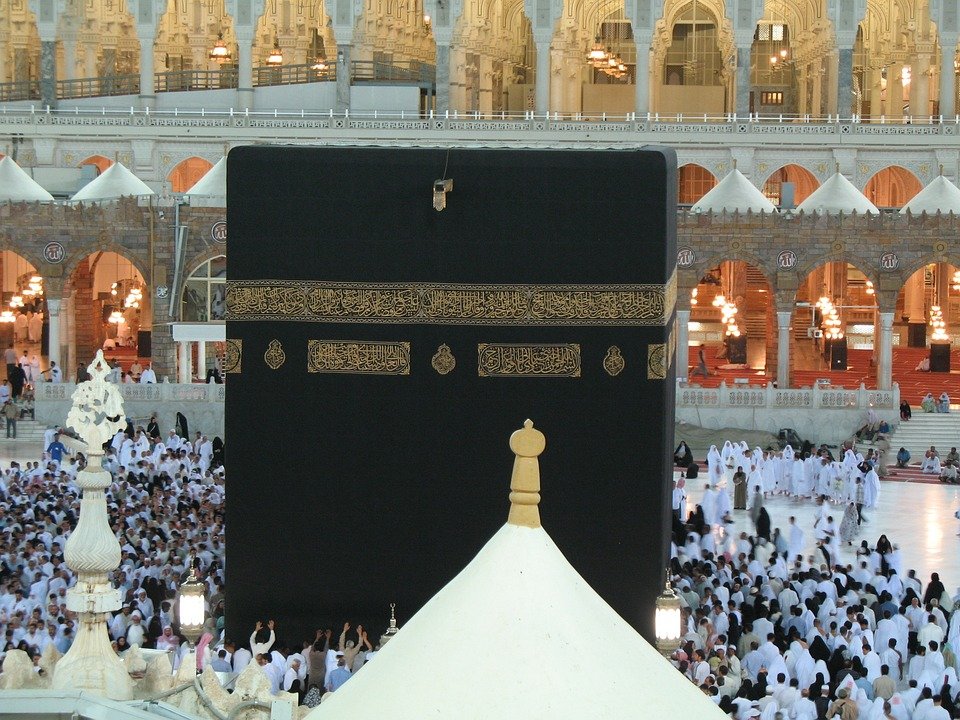In this article, we will explore the topic of how many deaths occurred on the Hajj, an important pilgrimage in Islam. Throughout history, the Hajj has witnessed various incidents that led to fatalities, drawing attention to the challenges faced by pilgrims. I believe understanding the number of deaths that occurred on the Hajj is crucial for appreciating the significance of this spiritual event. You will find a thorough guide here that addresses the circumstances surrounding these events and provides essential insights into safety and preparation during the pilgrimage.
Understanding how many deaths occurred on the Hajj sheds light on the incident’s gravity and the profound impact it has on the Muslim community. In my opinion, this information is vital not only for awareness but also for fostering a sense of responsibility among pilgrims. With nine years of experience in Makkah and Madinah travel through Airlink Hajj and Umrah, we possess the expertise to offer comprehensive insights on “How Many Deaths Occurred on the Hajj: Key Insights Explained.” We aim to empower our readers with the knowledge needed to approach this sacred journey with respect and preparedness.
How Many Deaths Occurred on the Hajj: Key Insights Explained
Understanding the Tradition of Hajj
Hajj is an important pilgrimage for Muslims around the world. Every year, millions of people gather in Saudi Arabia to perform this sacred ritual. The journey holds deep religious significance and represents a time of reflection, unity, and devotion. As pilgrims walk together, they share stories and experiences, fostering a sense of community among diverse cultures.
For many, Hajj is a lifelong dream. The act of performing Hajj is not just a physical journey; it’s also a spiritual one. However, as the number of participants grows, so do concerns about safety and well-being. Given the sheer volume of people, it’s essential to examine how many deaths occur during this pilgrimage, as it raises questions about health, safety measures, and preparedness.
Historical Context of Deaths During Hajj
Historically, the number of deaths during Hajj fluctuates from year to year. Various factors contribute to this, ranging from extreme weather conditions to crowd-related incidents. Over the decades, incidents have occasionally resulted in tragic loss of life. In my opinion, it’s crucial to learn from these past events to improve safety measures for future pilgrims.
In 2015, for instance, a tragic crowd crush in Mina led to a significant number of fatalities. Such events have sparked discussions among authorities and scholars about how to enhance safety during this massive gathering. With millions of people in one place, ensuring everyone’s safety is incredibly challenging, yet it is a task that must be addressed thoroughly.
Recent Statistics on Deaths
Recent statistics reveal that deaths during Hajj are not constant but vary widely. While the numbers may seem alarming at times, it is essential to contextualize them. With over two million pilgrims participating, even a small percentage equates to a significant number. For instance, in certain years, the reported fatalities range from a mere few dozen to several hundred.
In my view, understanding these statistics is vital for everyone involved. It encourages both participants and organizers to reflect on the challenges faced during Hajj while focusing on implementing better safety techniques. The goal is to ensure that each person who embarks on this pilgrimage returns home safely, carrying memories of a spiritual experience rather than tragedy.
Health Challenges Faced by Pilgrims
Health issues frequently arise during Hajj due to the intense physical strain of the pilgrimage. Many pilgrims are elderly or suffer from pre-existing conditions, which can exacerbate health issues. Heat exhaustion, dehydration, and respiratory problems are common complaints in such a crowded and hot environment.
I think it’s essential for pilgrims to be educated about these challenges before they set out. Understanding the importance of staying hydrated and taking breaks can save lives. Pilgrims should consult healthcare professionals to ensure they are fit for the journey ahead. In addition, healthcare facilities in and around Mecca are often on alert during this time, ready to assist anyone who requires medical attention.
Safety Measures Implemented by Authorities
In response to past incidents, Saudi authorities have made significant strides in improving the safety of Hajj. They have implemented advanced crowd management strategies and expanded medical services to cover the influx of pilgrims. These measures include designated pathways, real-time surveillance, and even drone technologies to monitor crowds.
I feel that these improvements demonstrate a commitment to safeguarding lives. Additionally, authorities run awareness campaigns for pilgrims, educating them about what to expect and how to stay safe. This initiative can foster a more secure environment during such a sacred event, emphasizing the importance of community responsibility and individual vigilance.
The Role of Tour Operators
Tour operators play a vital role in ensuring the safety and well-being of pilgrims. While I believe they do not directly provide services, their partnerships with experienced local guides and healthcare professionals make a huge difference. They help pilgrims navigate the complexities of Hajj, making the experience smoother and safer.
Choosing a reputable tour operator ensures that everyone knows the best practices for safety and health. These operators often provide pre-travel consultations, emphasizing the importance of staying informed. Knowing what to expect can help ease anxieties and prepare individuals for a fulfilling pilgrimage devoid of unnecessary risks.
Community Support and Solidarity
While the challenges during Hajj can be daunting, it’s heartwarming to witness the solidarity and support among pilgrims. Many people come together to assist those in need, whether it’s offering water to someone who’s thirsty or helping a fellow pilgrim who needs extra assistance.
In my opinion, this communal spirit is one of the most beautiful aspects of Hajj. It illustrates how the pilgrimage is not just an individual journey but a collective endeavor that emphasizes love, compassion, and understanding. Together, we can navigate the challenges and ensure that everyone leaves with memories of unity and peace.
Final Thoughts: A Journey of Faith and Reflection
As we reflect on the number of deaths during the Hajj, let us remember that this pilgrimage is a profound journey of faith. Each loss is a reminder that life is fragile and that we must take precautions to protect each other. We can embrace the spirit of Hajj while making collective efforts to enhance safety and health measures.
In conclusion, understanding the statistics, challenges, and safety precautions helps shape a safer experience for all pilgrims. Every person contributes to the overall well-being of the group, which makes this sacred pilgrimage a shared responsibility. May we continue to support one another and honor the essence of Hajj, ensuring it remains a journey of peace and spiritual fulfillment.
Mushu, an experienced Saudi Arabia traveler and writer, shares insightful tips and spiritual reflections to enhance Hajj and Umrah journeys for fellow pilgrims. He has been to Makkah and Madina from 2016 to 2023 many times and his posts will reflect this.







